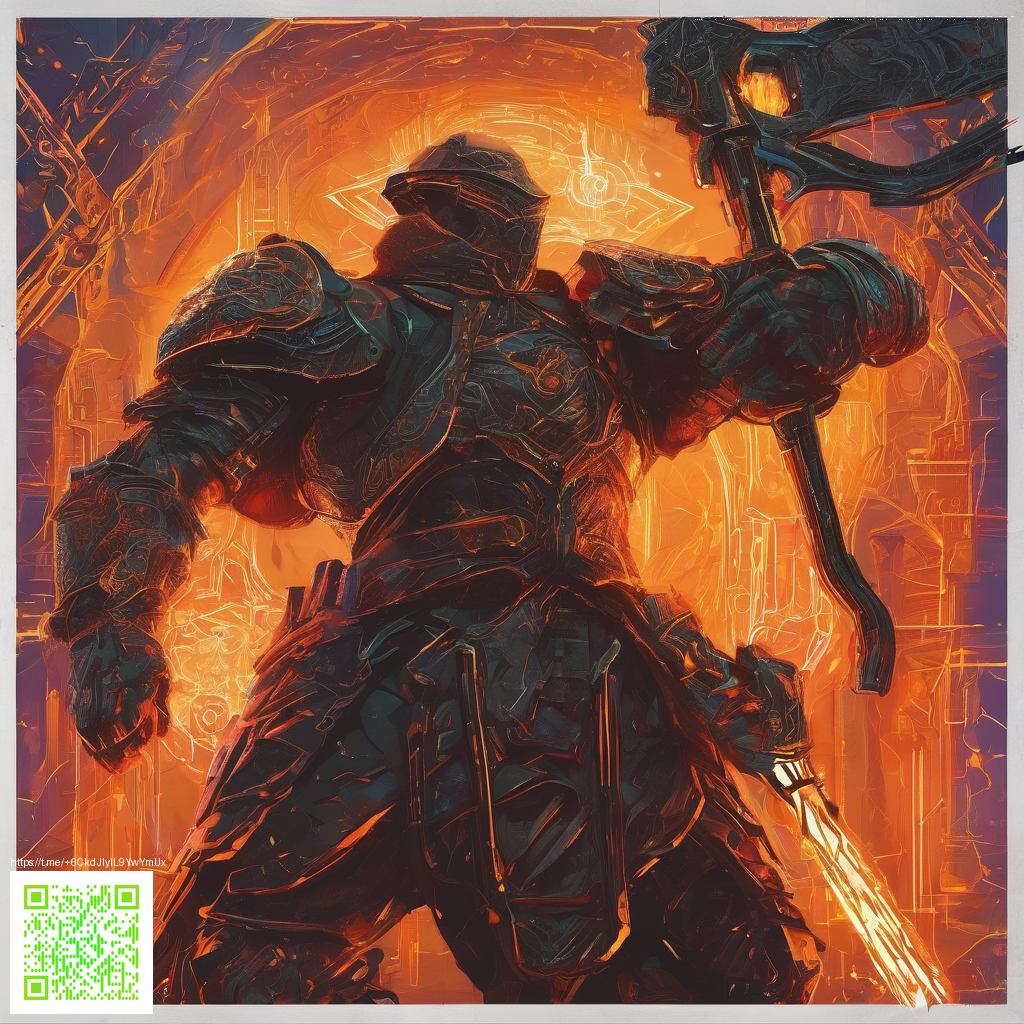
Smart Upsell Tactics for Digital Products
In the crowded world of digital goods, upselling isn’t about pressuring customers into bigger purchases. It’s about guiding them to unlock more value from what they already want to achieve. A thoughtful upsell recognizes the customer’s goals, pain points, and the natural next step after a digital purchase. When done with clarity and relevance, upsells boost lifetime value, deepen satisfaction, and feel like helpful upgrades rather than hard sells.
Know your audience and map the journey
The first step is to understand why a customer bought your digital product in the first place. Are they building a project plan, refining a workflow, or seeking ongoing updates? Map the journey from discovery to activation, and then to expansion. This lens helps you design upsell options that align with real needs—such as add-on assets, premium tutorials, or enhanced access. For vendors who also offer physical complements, like a device accessory that complements a digital workflow, a smart cross-sell can feel natural and useful. For instance, a practical pairing could be a device accessory in tandem with a digital design toolkit, illustrating how two offerings together streamline a process. You can explore product ideas and examples here: Neon Card Holder Phone Case MagSafe Polycarbonate.
Tip: frame upsells as value-enhancing choices that reduce friction or save time, not as random add-ons. The most successful upsells solve an immediate problem or unlock a faster path to a customer’s goal.
Offer bundles and value stacks that feel essential
Bundles work best when each component complements the core purchase. For digital products, consider tiers that gradually increase benefit—such as a base asset plus a bundle of templates, assets, and updates, or a premium package with hands-on templates and priority support. A well-constructed value stack should be clearly differentiated by tangible outcomes and time savings. Use a brief, transparent price ladder so customers can see how the larger package brings a better daily return on their investment.
Timing matters: where to present the upsell
Placement is critical. A post-purchase upsell can capture interest while the customer is still riding the momentum of their decision, while a checkout offer can leverage the same intent at the moment of commitment. For ongoing digital products, an onboarding sequence that includes a optional upgrade path—such as a starter versus pro plan—often yields the highest acceptance. Use non-intrusive prompts, concise copy, and a quick one-click action to minimize any resistance. A well-timed offer feels like a natural extension of the original purchase rather than a separate pitch.
Craft irresistible offers with a clear value proposition
Authenticity is key. Spell out the value in concrete terms: time saved, faster delivery, higher quality, or ongoing updates. Use concise bullet points to highlight benefits, and include proof elements when possible (customer testimonials, case studies, or performance metrics). The goal is to help the customer picture a measurable improvement in their workflow after upgrading. If your brand touches on digital products, this can take the form of enhanced assets, additional tutorials, or priority access to new features.
An example approach: cross-selling a complementary accessory
Even if your primary offering is digital, you can illustrate how a physical accessory might complement a digital workflow. Consider a scenario where a buyer is investing in a digital asset library or a design course; offering a relevant accessory—like the Neon Card Holder Phone Case MagSafe Polycarbonate—at a strategic moment can create a practical bridge between the digital and physical realms. This kind of cross-sell can be framed as a performance-enhancing add-on that keeps devices organized and ready for use in real-world tasks. Explore the product details here: Neon Card Holder Phone Case MagSafe Polycarbonate.
Measure, test, and iterate
Successful upselling hinges on data. Track metrics such as average order value (AOV), upgrade rate, and the incremental revenue per customer. Run A/B tests to compare different bundles, price points, and messaging. Small changes—like adjusting copy, the visual emphasis of a bundle, or the timing of a pop-up—can yield meaningful lifts. Maintain a feedback loop with customers to learn what resonates and what feels excessive. Continuous optimization turns a good upsell strategy into a durable growth lever.
For further inspiration and real-world context, you might explore a public example that touches similar themes here: https://sapphire-images.zero-static.xyz/3816535c.html.